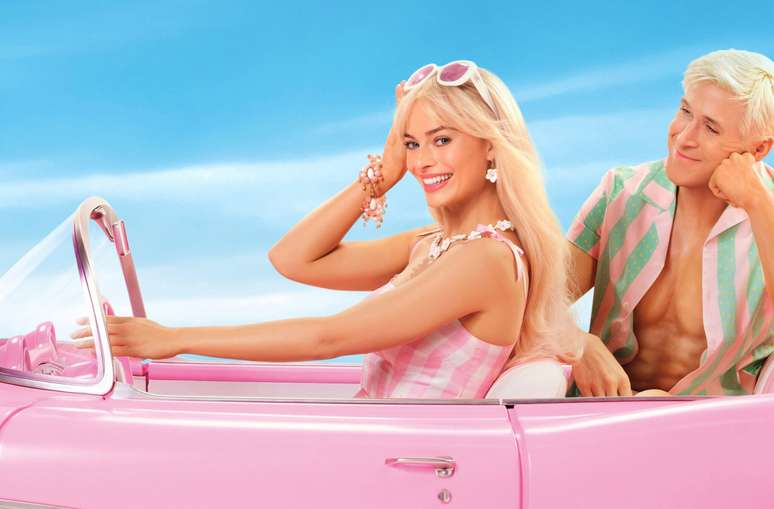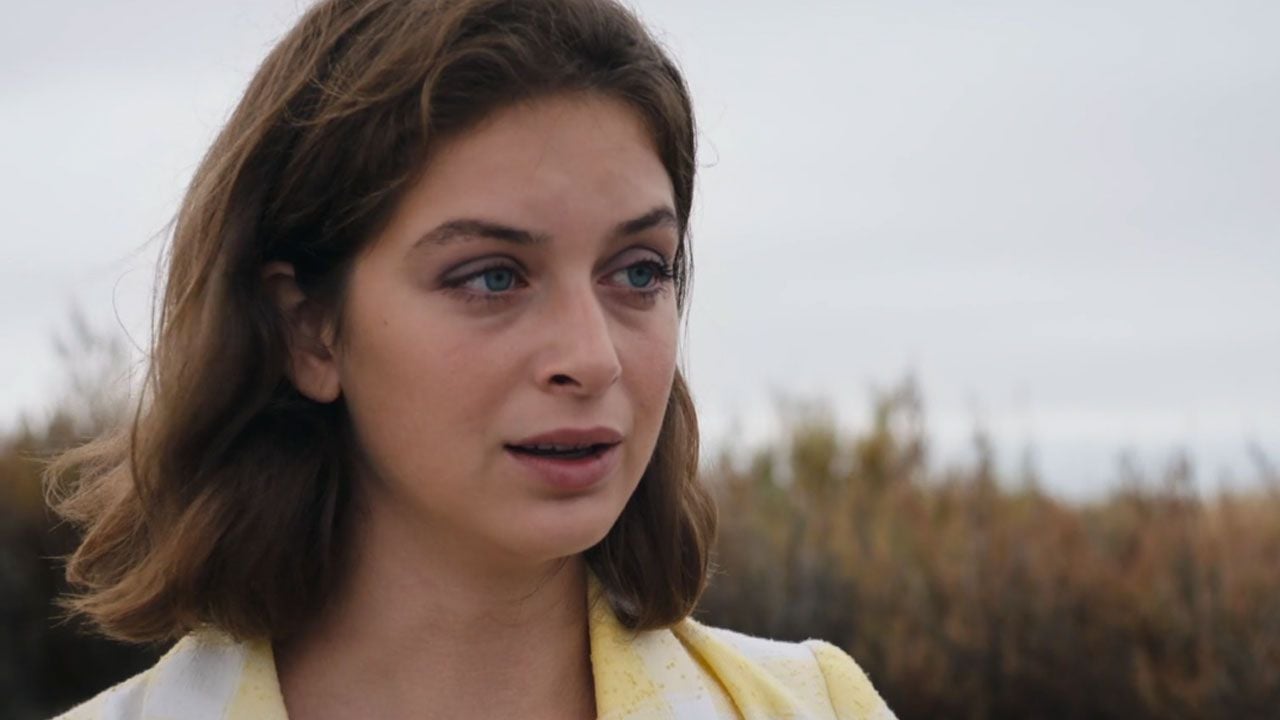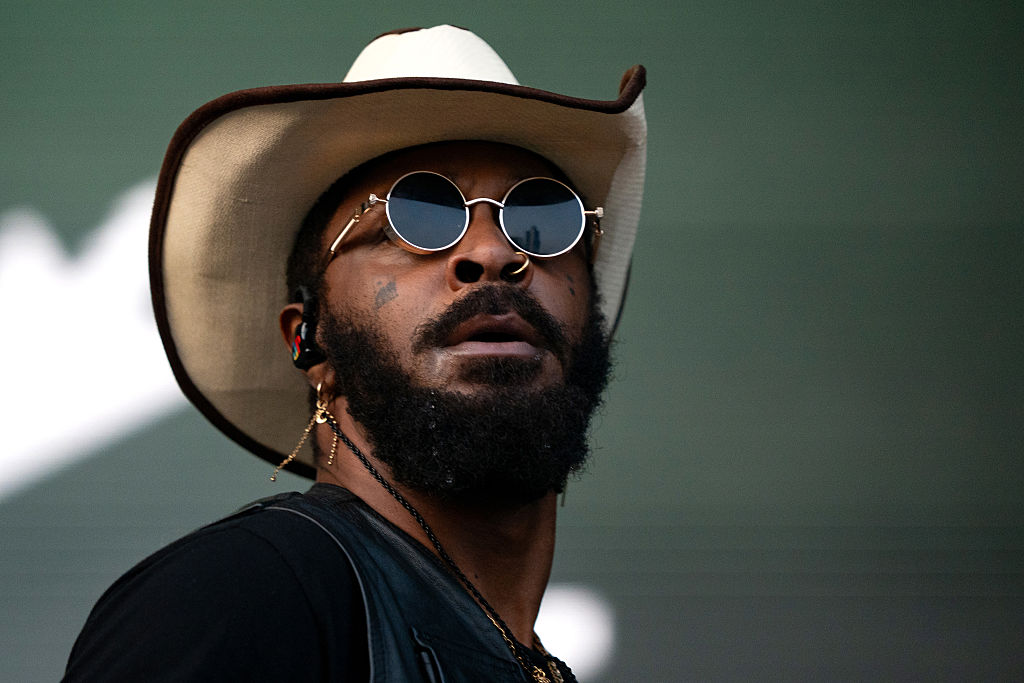“Barbie” is the big hit of the year. A weekend was enough to make it clear that the film directed by Greta Gerwig and starring Margot Robbie is a phenomenon. But to get to that point, the production relied on a lot of marketing, in one of the most successful campaigns of recent times. The detail is that, contrary to what usually happens, many celebrities have made a free campaign. And there was no shortage of companies that also paid to advertise the film.
Rival studio executives estimate that Warner spent $150 million promoting “Barbie,” more than it cost to produce the film, on a $145 million budget. But the return on investment can be seen in its higher box office expectations, grossing an impressive $337 million in its worldwide opening weekend.
Furthermore, a large part of the costs was borne by partnerships. The strategy included a slew of products, ranging from a fuchsia Xbox to a $1,350 Balmain cropped sweatshirt, a real-life Barbie dream home available to book on Airbnb, and a Barbie-themed cruise.
spontaneous disclosure
In an interview with Variety, Josh Goldstine, president of global marketing for Warner Bros. shared that the marketing strategy was a combination of paid and spontaneous media. After the campaign sparked conversation, the outreach took on a life of its own, with memes, TikTok videos, trending influencers, and business partners eager to get into the business.
“We saw it as a breadcrumb strategy, where we give people little elements of the film to spark curiosity, can spark conversation. In every campaign, there are spontaneous media elements [como o buzz das redes sociais] and paid media [como um trailer]. We believed this brand had the opportunity to generate strong spontaneous media. Some of the choices we’ve made have encouraged that. So it really took on a life of its own,” he said.
fashion
Goldstine also talked about some of the less obvious partnerships like Crocs or Progressive Insurance’s Flo. She explained that some of these partnerships were licensing deals with Mattel and others were brands that decided to be part of the film’s color scheme and ended up with Warner.
She also mentioned the impact of the promotion with Airbnb, where a gigantic mansion in Malibu, California was transformed into a modern Barbie Dream House. And he also highlighted how the clothing brands have asked Mattel to close the licenses.
“Fashion, frankly, jumped on the bandwagon. Brands wanted to be a part of it because they saw that cinema was making its way into the culture in a very dynamic way. [Neste ponto] It stopped being a marketing campaign and took on the quality of a movement.”
challenges and achievements
The marketing campaign for ‘Barbie’ hasn’t been without its challenges either. Goldstine said there were concerns that the parody of “2001: A Space Odyssey,” a 1968 film, went unnoticed by the film’s intended audience. However, the marketing team wanted to challenge people and create something provocative.
“We wanted to challenge people. We wanted to do something provocative. People had biases. We thought by shaking them off we could create a tremendous amount of curiosity,” she said.
It worked. Audiences wanted to know what “Barbie” movie was after all, as it appeared to be anything but a Barbie movie.
But marketing alone would not be enough to keep the audience interested after the first few sessions. If the movie wasn’t good, the box office would plummet after it opened. Still, “Barbie” gets an A on CinemScore (just like she left theaters) and a 90% critics approval rating on Rotten Tomatoes. Those who saw it approved, and this also extends the spontaneous campaign in favor of the film.
Source: Terra
Rose James is a Gossipify movie and series reviewer known for her in-depth analysis and unique perspective on the latest releases. With a background in film studies, she provides engaging and informative reviews, and keeps readers up to date with industry trends and emerging talents.






